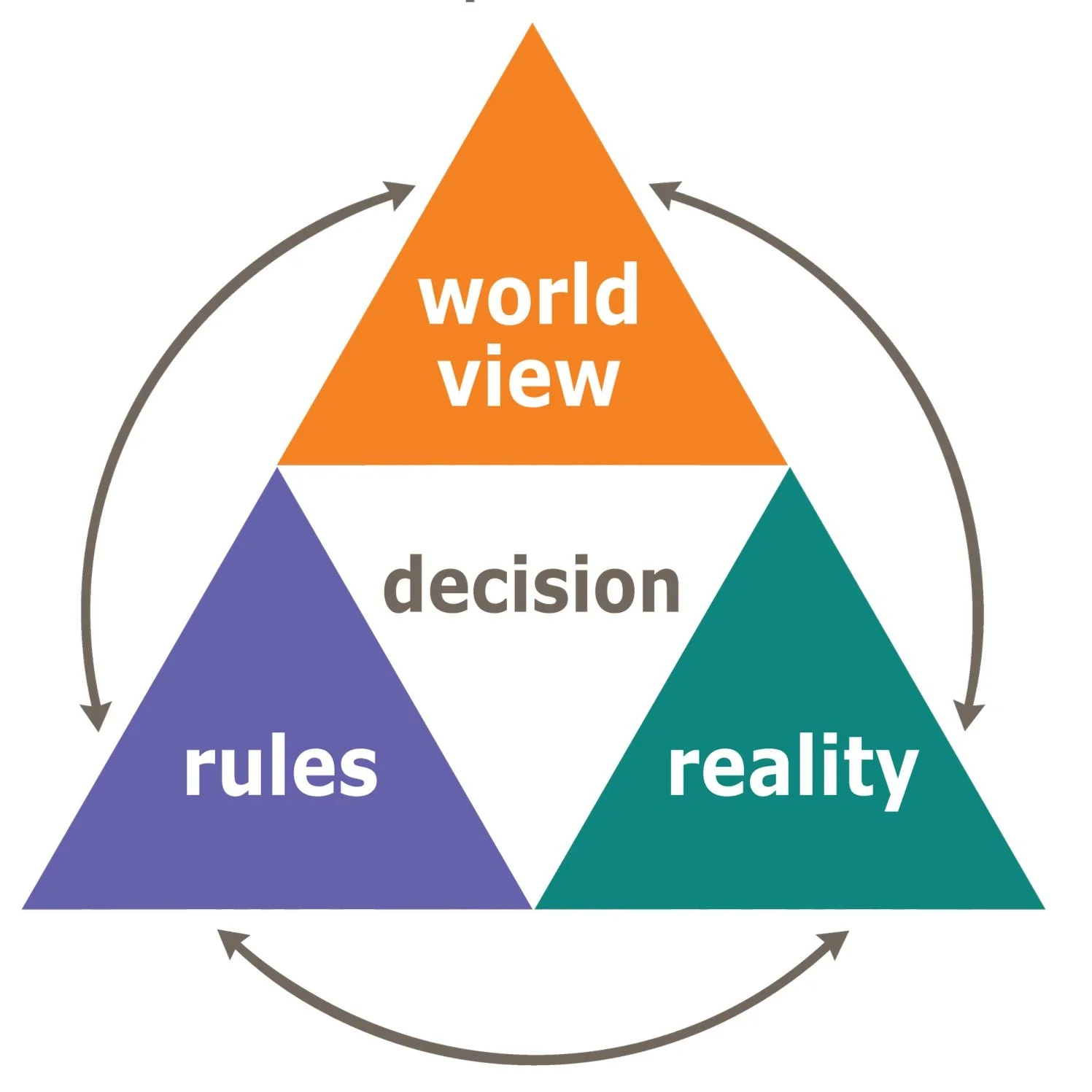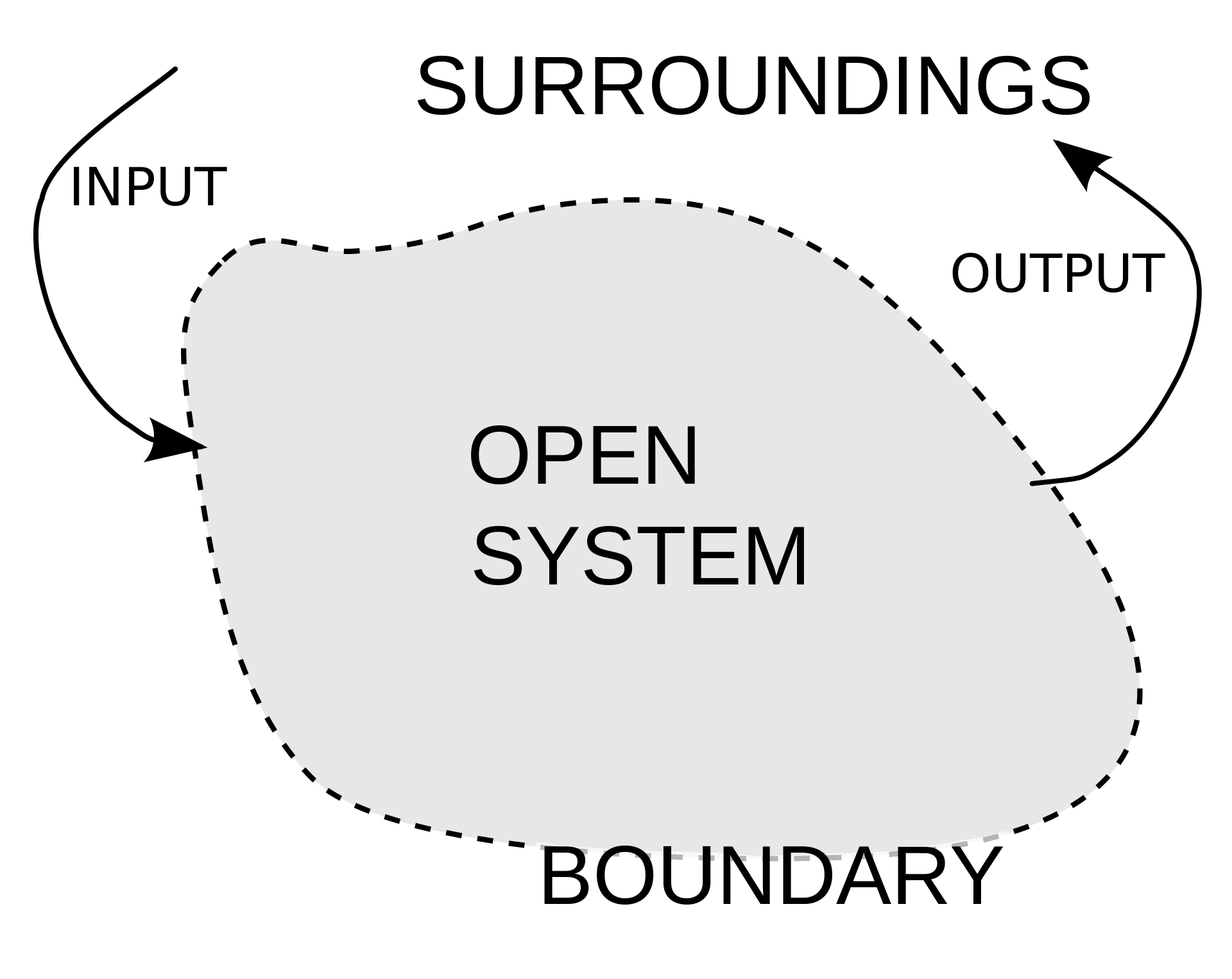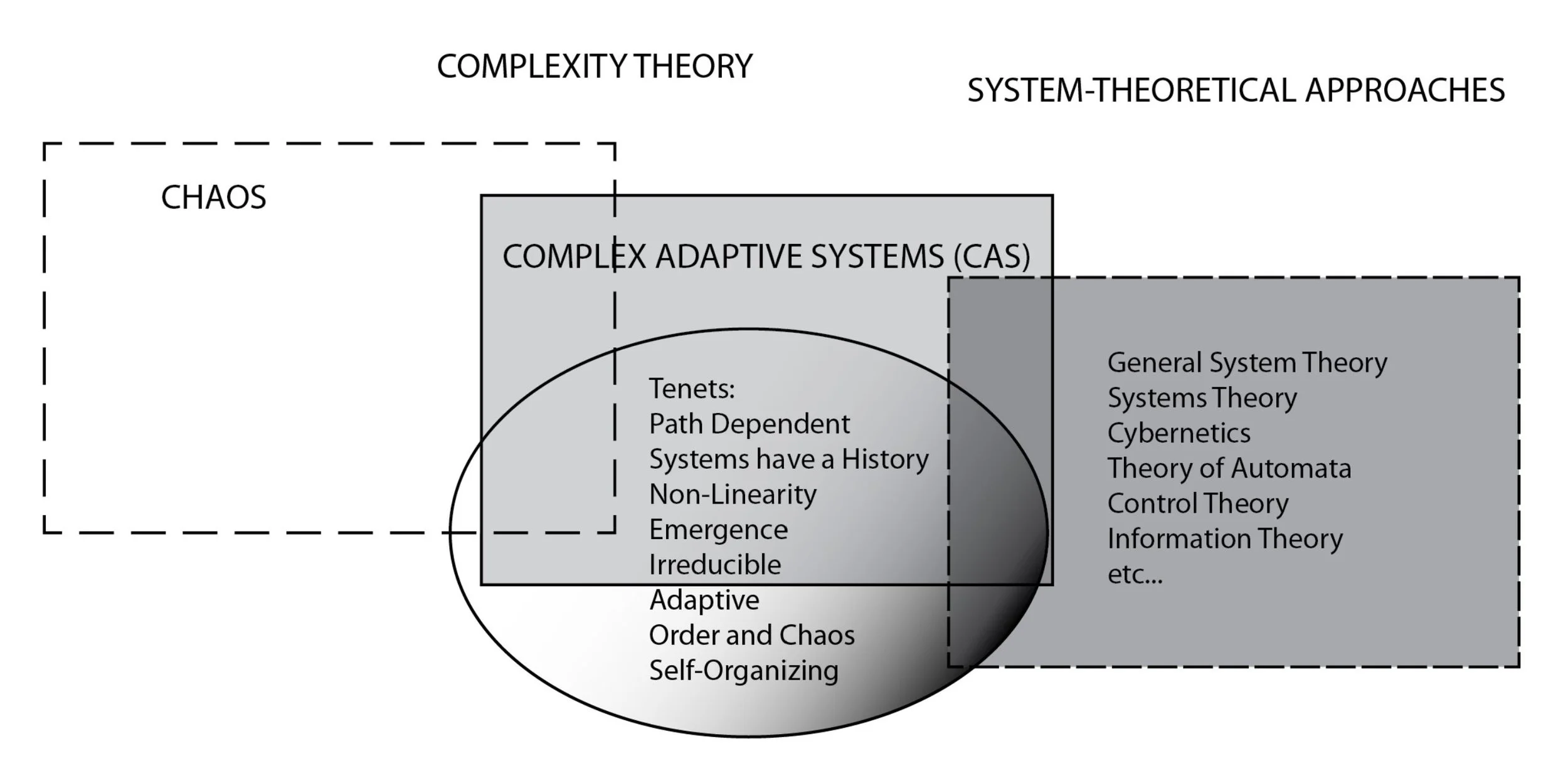
HSD Praxis
Complexity Sciences Made Useful
The language of complexity has become commonplace. Fractals, attractors, emergence, and nonlinear are no longer rare words to hear. Complexity science offers a method for researching how individuals and groups can change over time as they self-organize.
This is complexity in action.
See Patterns, Not Problems
HSD defines human systems as Complex Adaptive Systems.
As early as 1997, Kevin Dooley, defined Complex Adaptive System (CAS) as a group of semi-autonomous agents who interact in interdependent ways to produce system-wide patterns, such that those patterns then influence behavior of the agents. In human systems at all scales, you see patterns that emerge from the interactions of agents in that system. Thoughts, experiences, perceptions interact to create patterns of thought.
In an organization or business, individuals play out their roles, relationships, and expectations to generate patterns of competition or innovation. In organizations and communities, history, traditions, and expectations all influence behavior to shape dominant patterns we see as the culture of that group.
What are Patterns?
To see patterns in the world around you is to know your world and to understand something about that world. You make sense of the world by recognizing the patterns around you. In HSD, we use a specific definition of patterns:
Patterns are similarities, differences and connections that have meaning across space and time.
So you make sense of the world by asking others and yourself, “What are the similarities?” “What are the differences?” “How are things connected?” “What is the pattern I see when I look across time?” “What is the pattern I see in a moment?”
How to use Simple Rules?
In complex adaptive systems, group patterns emerge from individual behavior, and individual behavior is shaped by rules. When a diverse or disrupted group needs to work together effectively, we help them create conditions that will contribute to sustainable coherence for the part, the whole, and the greater whole.
Human Systems Dynamics uses simple rules to help groups become conscious of their habitual behaviors and name the patterns, rules, and behaviors that will serve them better in the 21st Century.
HSD Praxis: Complexity Theory in Practice
-

From analysing the past, to influencing the present.
HSD Praxis uses what we see in the present moment to understand patterns that hold complex adaptive system potential for positive change. New possibilities emerge from applying the HSD Pattern Logic. The patterns that HSD Practitioners observe, understand, and influence are similarities, differences, and connections that have meaning across space and time.
-

From systems thinking, to systems doing.
HSD Praxis is grounded in Complexity Sciences and System Thinking, creating new possibilities for the practice and research. However, its is also about complexity and systems doing.
Adaptive Action allows you to move from system thinking to system “doing”. Your key to success is to integrate what you see and know with what you are able to do. As individuals and groups, we learn from action, and we test ideas in practice.
-

From theory, to models and methods.
HSD Pattern Logic is supported by a collection of Models & Methods. HSD Models help you see a system from a scientifically grounded perspective. HSD Methods provide you options for more adaptive actions. Together they support you by offering simple yet powerful sense-making and decision-making tools to set conditions for people to be their best and to do their best.
Conditions of Self-Organizing in Human Systems
Human Systems Dynamics draws from many fields of complexity sciences, including agent-based modeling, thermodynamics, ecology, philosophy, and mathematics to find three conditions that influence the self-organizing processes of all human systems. The CDE Model sets the foundation for Human Systems Dynamics praxis. This foundation informs perception, meaning making, and action to influence the conditions and, therefore, influence patterns that emerge.
CDE Model of Human Systems Dynamics
The CDE Model explains the three system conditions that influence the speed, path, and direction of self-organizing systems. The conditions shape the patterns that make up the reality of your world.
The emergence of patterns is governed by the interplay among the conditions:
Container: Similarities that contain the system while patterns emerge (C)
Differences: The significant distinctions that hold tension and have greatest influence on decision and action (D)
Exchanges: Connections in the system that ensure the movement of information, energy, and other resources (E)
How to apply the CDE Model?
The most challenging and interesting problems facing the world now have never been solved before. They are “wicked” problems because they cannot be solved at all. These problems are the special territory of Human Systems Dynamics. HSD was created to help you see, understand, and influence problems that are impossible to solve.
Use the CDE Model in your next sticky issue to:
Understand the dynamics of the patterns that shape the problem
Identify options for action to influence those patterns
Take action to change the conditions and bring about change, and then see whats next
Human Systems Dynamics: The Science of Open Systems
In General Systems Theory, Ludwig Von Bertalanffy laid the foundation for the field of systems science. He focused on closed systems. They were bounded, complex, sometimes unpredictable, but ultimately knowable. Under some circumstances, such closed system models give us insight into human systems from the individual to the global scales, but not always. Sometimes, humans—alone or in groups—transcend their boundaries. When they do, their natures and their futures can become unknowable.
Human Systems Dynamics was developed to inform understanding and action in human systems that work outside the bounds of Bertalanffy’s traditional systems logic.
Interdisciplinary field of study
Source: "Complexity Theory: An Overview with Potential Applications for the Social Sciences", by John R. Turner and Rose M. Baker, in Systems, 2019
The HSD field was founded 2001 with the creation of the HSD Institute in 2001. It emerged at the crossection of the OD and Complexity Sciences made useful, and respesents a multidisciplinary approach.
HSD develops models and methods based on advanced complexity sciences. The HSD practice is based on the principles of Inquiry, Pattern Logic, and Adaptive Action. Its goal is to inform adaptive action in uncertainty, volatility, complexity and ambiguity - the modern VUCA world - to help people, organizazions and communities to thrive.









